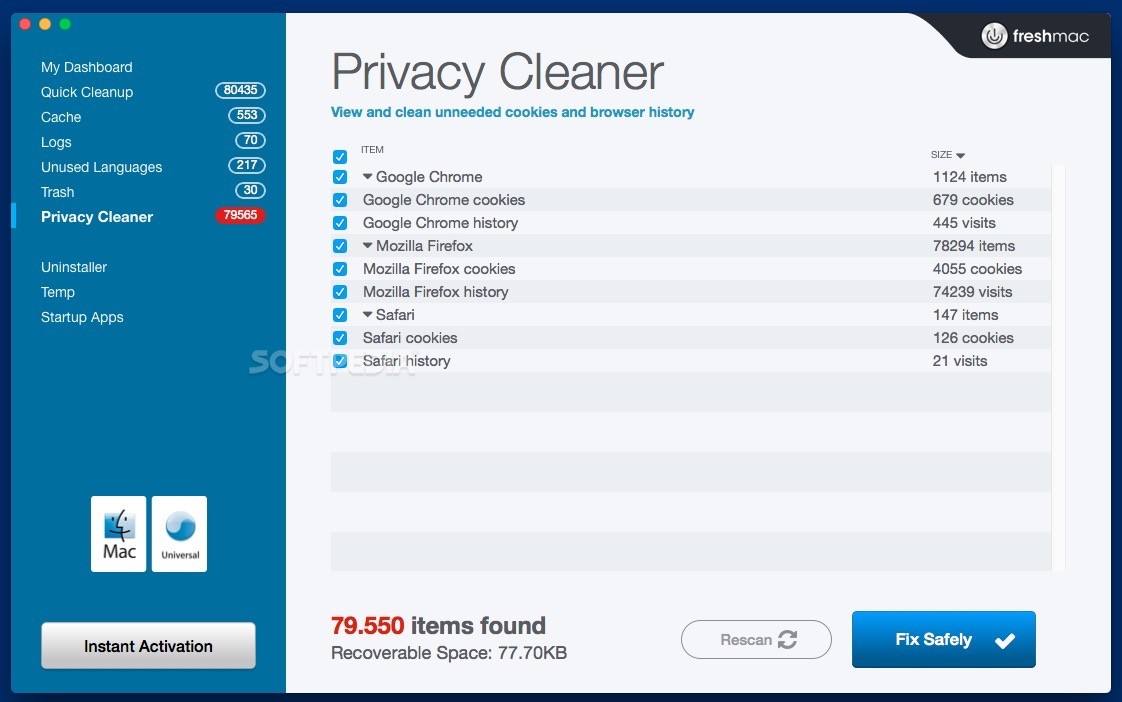NTFS-3G
The ntfs-3g open source software implements full support (reading and writing) for the proprietary ntfs filesystem created by Microsoft and used in all recent versions of the Windows operating system. Most Linux distributions include the ntfs-3g package in their repositories, however this is not the case for Red Hat Enterprise Linux 8.
Distributions
openSUSE Tumbleweed
- NTFS-3G is an open-source cross-platform implementation of the Microsoft Windows NTFS file system with read/write support. NTFS-3G often uses the FUSE file system interface, so it can run unmodified on many different operating systems.
- Sudo ntfs-3g /dev/hdd /mnt/mountpoint -o force Where hdd is the hard drive in question and the '/mnt/mountpoint' directory exists. NOTES: This fixed the issue on an Ubuntu 18.04 machine using NTFS drives that had their journal files reset through sudo ntfsfix /dev/hdd and unmounted by force using sudo umount -l /mnt/mountpoint.
- The ntfs-3g is the newer FUSE driver (as you mention) and will mount the partitions as read-write is you use it in NTFS. Some distros have started treating them as one and the same, but as of about a year ago, using ntfs in fstab in Ubuntu would result in the file system not being writeable.
openSUSE Leap 15.2
SUSE SLE-11 SP 4
RedHat RHEL-7
RedHat RHEL-6
CentOS CentOS-7
Unsupported distributions
SUSE:SLE-15:GA
openSUSE:Leap:15.0
openSUSE:Leap:15.1
openSUSE:13.2
openSUSE:13.1
openSUSE:Leap:42.1
openSUSE:Leap:42.2
openSUSE:Leap:42.3
openSUSE:12.2
openSUSE:12.3
openSUSE:12.1

SUSE:SLE-12:SLE-Module-Adv-Systems-Management
SUSE:SLE-12:SLE-Module-Toolchain
Ntfs-3g / Ntfsprogs
CentOS:CentOS-6
FileSystem > NTFS
Translation(s): Русский
NTFS (Windows NTFileSystem) is a proprietary filesystem, used as the default in every version of Microsoft Windows since NT 3.1. Accessing NTFS partitions is a common necessity in dual-boot setups, where exchanging files between drives is a need.
NTFS Drivers
Two NTFS filesystem drivers are currently available:
ntfs-3g
- Recommended driver, actively maintained and supported in Debian.
- Userspace NTFS driver via FUSE, provides read and write access.
Based on, and a major improvement to ntfsmount and libntfs.
Available in the ntfs-3g package.
ntfs
- Included in the upstream kernel starting from version 2.6, provides read-only access and limited write support. Not actively developed.
Not currently built with Debian's kernel packages, 'ntfs' has been symlinked to 'ntfs-3g' as it relates to fstab and mount commands.
Obsolete
Captive NTFS
Requires Wine and the Microsoft Windows ntfs.sys driver.
No longer maintained and not recommended for use.
Usage Examples
mount
ntfs-3g (man page):
/etc/fstab
ntfs and ntfs-3g
Ntfs-3g Pkg
The original tool used to mount ntfs partitions was /sbin/mount.ntfs. However, in Debian Squeeze this is symlink-ed to /sbin/mount.ntfs-3g, which is in turn symlink-ed to /usr/bin/ntfs-3g. So an entry in /etc/fstab that mounts an NTFS partition can specify either ntfs or ntfs-3g as its filesystem type, and both of these specifications will use the new NTFS filesystem driver ntfs-3g to mount the partition. ntfs-3g might be the preferred choice as it provides both read and write access to NTFS partitions.
Permissions for mounted partition(s)
For filesystem access by other users and groups on the system, refer to the mount(8) and fstab(5) man pages; note the umask, dmask, fmask, uid and gid options.
ntfs (man page):
ntfs-3g (man page):
External Links
Ntfs 3g Linux
http://www.tuxera.com/community/ntfs-3g-download/ - NTFS-3G homepage;
http://www.tuxera.com/community/ntfs-3g-faq/#unprivileged - 'Why can't unprivileged users mount block devices?' (NTFS-3G Support: Questions & Answers)
http://www.jankratochvil.net/project/captive/ - Captive NTFS homepage
